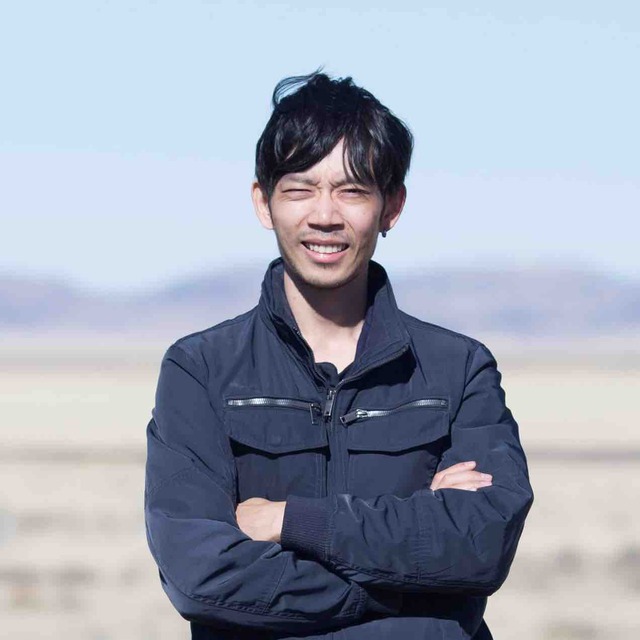February
2021
•
2021MNRAS.501..269D
Authors
•
Ding, Xuheng
•
Treu, Tommaso
•
Birrer, Simon
•
Agnello, Adriano
•
Sluse, Dominique
•
Fassnacht, Chris
•
Auger, Matthew W.
•
Wong, Kenneth C.
•
Suyu, Sherry H.
•
Morishita, Takahiro
•
Rusu, Cristian E.
•
Galan, Aymeric
Abstract
•
One of the main challenges in using high-redshift active galactic nuclei (AGNs) to study the correlations between the mass of a supermassive black hole ($\mathcal {M}_{\rm BH}$) and the properties of its active host galaxy is instrumental resolution. Strong lensing magnification effectively increases instrumental resolution and thus helps to address this challenge. In this work, we study eight strongly lensed AGNs with deep Hubble Space Telescope imaging, using the lens modelling code LENSTRONOMY to reconstruct the image of the source. Using the reconstructed brightness of the host galaxy, we infer the host galaxy stellar mass based on stellar population models. $\mathcal {M}_{\rm BH}$ are estimated from broad emission lines using standard methods. Our results are in good agreement with recent work based on non-lensed AGNs, demonstrating the potential of using strongly lensed AGNs to extend the study of the correlations to higher redshifts. At the moment, the sample size of lensed AGNs is small and thus they provide mostly a consistency check on systematic errors related to resolution for non-lensed AGNs. However, the number of known lensed AGNs is expected to increase dramatically in the next few years, through dedicated searches in ground- and space-based wide-field surveys, and they may become a key diagnostic of black holes and galaxy co-evolution.
Links




